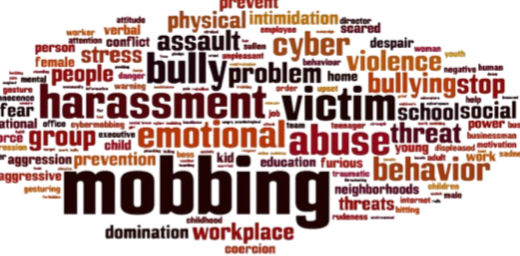Introduction:
Throughout this article, we are tackling a very important topic that affects workplaces everywhere: workplace violence. From physical confrontations to hurtful words, workplace violence exists in many forms, and understanding them is essential. In this article, we will discuss some of the various types of workplace violence and explain why it is important for everyone to create a safe and respectful work environment. We will explore some of the most common types of workplace violence, as listed below.
Types Of Workplace Violence:
1. Physical Violence: When someone hurts another person physically at work, like hitting, kicking, or using weapons.
2. Verbal Abuse: Using mean or hurtful words to insult, intimidate, or threaten someone at work.
3. Threats: Making statements or gestures that make someone feel scared or unsafe, even if no physical harm is done.
4. Sexual Harassment: Saying or doing things of a sexual nature that makes someone uncomfortable or scared at work.
5. Bullying: Repeatedly being mean or cruel to someone, often to control or hurt them emotionally.
6. Discrimination: Treating someone unfairly because of their race, gender, age, religion, disability, or other personal characteristics.
7. Stalking: Following, watching, or harassing someone persistently, making them feel unsafe.
8. Psychological Abuse: Messing with someone’s mind to control or manipulate them, like making them doubt themselves or feel scared.
9. Cyberbullying: Bullying or harassing someone online through texts, emails, social media, or other digital means.
10. Intimidation: Making someone feel scared or small through words, actions, or gestures.
11. Harassment: Continuously bothering, annoying, or troubling someone at work, making them feel uncomfortable or unsafe.
12. Domestic Violence Spillover: When problems from someone’s personal life, like an abusive partner, affect their work or make them feel unsafe.
13. Gossip and Rumors: Spreading untrue or hurtful stories or information about someone at work.
14. Vandalism: Damaging or destroying property at work out of anger or aggression.
15. Theft: Stealing from coworkers or the company out of greed or desperation.
16. Physical Intimidation: Using size, strength, or aggressive behavior to scare or control someone.
17. Sabotage: Deliberately causing damage or harm to equipment, projects, or work processes.
18. Hostage Situations: Holding someone against their will or threatening them to get something they want.
19. Workplace Homicide: The most extreme form of violence, where someone is killed at work.
20. Terrorist Attacks: Rare but devastating incidents where violence is carried out for political, religious, or ideological reasons, targeting the workplace.Understanding these different types of workplace violence helps you recognize warning signs, prevent incidents, and create safer and more respectful work environments.
Conclusion:
I would like to conclude our discussion on workplace violence, by emphasizing that everyone has a responsibility to create a respectful and safe environment at work, and that it is everyone’s responsibility to do so. If we are aware of the different forms of workplace violence, we can take action to prevent harm by recognizing the warning signs and taking action. Remember, no one should ever feel unsafe or threatened at workplace.

